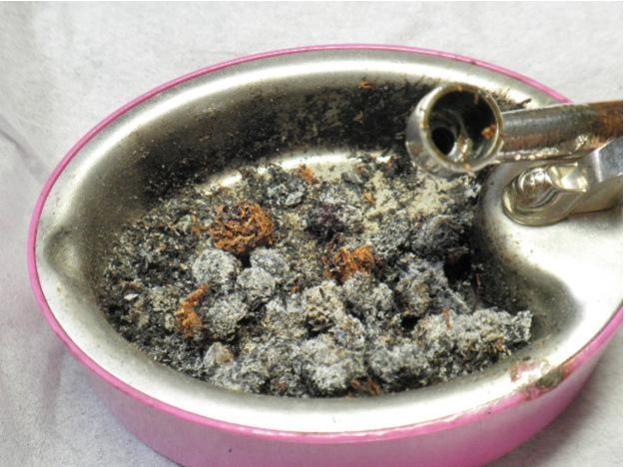Blog by Steve Laug

A few years ago a friend of mine called and said that he wanted to stop by for a bowl on the front porch and that he had an interesting gift for me. I don’t know about you but that kind of phone call makes me wonder. I loaded a pipe and sat on the porch to await his arrival. I had no idea what he was bringing. When he arrived he opened his pipe bag and took out the gift he brought for me and another for himself. Until that time I had not heard of the Kiseru pipe and knew nothing about it. Now if you have not smoked a Kiseru you have no idea how small the bowl is or how fine the tobacco is. I personally did not have a clue. So I looked the box and small envelope over before opening either one of them. I did not have the benefit of the photo above that gives you an idea of what to expect.

The photo above shows the box of tobacco and the envelope that held the pipe. If you can imagine the small envelope that holds take out chop sticks then you have an idea of the size of this little envelope. The box is also pretty small. I have no idea what the characters say and would love to know what they say. The label on my little box is identical to the one in the opening photo that I took off of a Japanese catalogue of Kiseru pipes.

I decided to open the envelope first and took out the spiraled brass pipe. The brass is polished and golden in colour. The airway is very open and the pipe is a solid unit. The tip has a formed button that can be held in the teeth to clench the pipe. The other end of the tube is upturned and flared into a bowl. The spiraling on the shank is actually quite beautiful. In the photo below I took a picture of it with a measuring tape so you can get an idea of the overall size of the pipe. It is about 4 ¼ inches long. The bowl is about a ¼ inch in diameter and height.

After I had blown through the pipe and looked it over bow to stern I opened the box of tobacco. In the picture below you can see the finely spun tobacco. The smell is of a Virginia tobacco and the cut is a very fine angel hair like cut. It smells grassy and sweet. It is condensed and pressed into the box and held in a waxed paper envelope. The box is about 3 ½ inches long by an inch wide and an inch high. I have smoked probably 20 or more bowls and the tobacco does not seem to disappear. As I pull off a small chunk to roll into a ball the remaining tobac springs into place.

To load the Kiseru you take a small clump of tobacco and roll it into a small ball and press it into the bowl of the pipe. It honestly does not take much so the tobacco that comes with the pipe lasts a long time. My box has been in my humidor for probably 4 or 5 years and is the same moisture level it was when I first opened it. Lighting the bowl is very simple and takes a flick of the lighter and a single light. There is no tamping involved and no fiddling. It is a quick smoke that tastes delightful and burns easily. The flavour is a rich grassy Virginia taste that makes you want to smoke more. The nicotine hit on the bowl is minimal. One day I will have to try it with a small ball brown rope. In the photo below you can see the dottle that is removed from the pipe. There is also a ball of the tobacco in the ashtray that was not smoked for comparison sake.

If you have not tried a Kiseru it is worth the experience. They do not cost much in the grand scheme of things and they will provide you with an experience that is comparable to nothing else that I am aware of. Now that I have written this I think it is time to go and load the bowl and have a puff. One caution though. Once you have lit the pipe, do not blink or you might very well miss the smoke.



